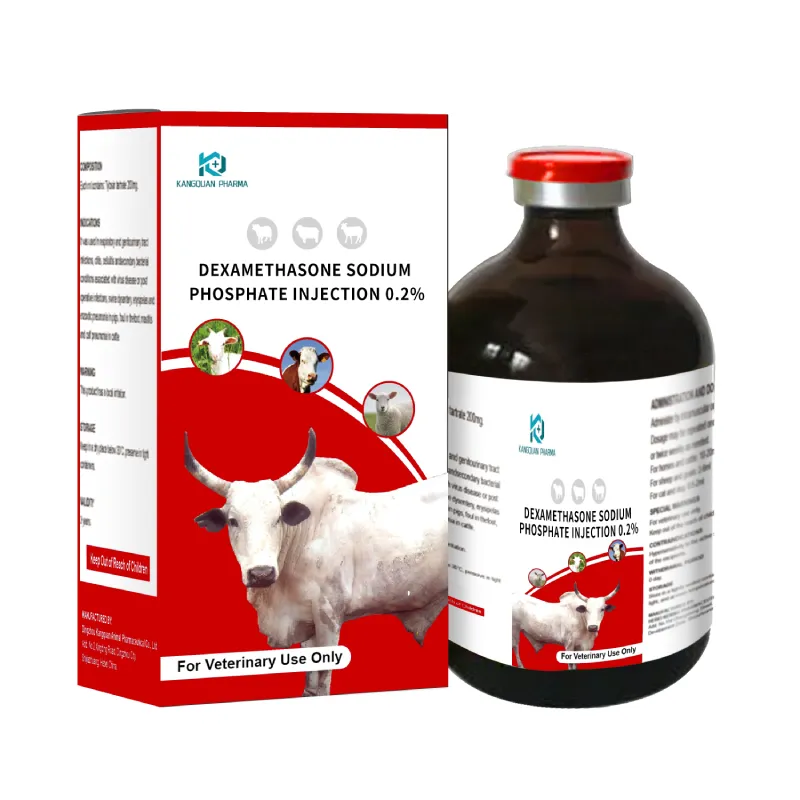- Afrikaans
- Albanian
- Amharic
- Arabic
- Armenian
- Azerbaijani
- Basque
- Belarusian
- Bengali
- Bosnian
- Bulgarian
- Catalan
- Cebuano
- Corsican
- Croatian
- Czech
- Danish
- Dutch
- English
- Esperanto
- Estonian
- Finnish
- French
- Frisian
- Galician
- Georgian
- German
- Greek
- Gujarati
- Haitian Creole
- hausa
- hawaiian
- Hebrew
- Hindi
- Miao
- Hungarian
- Icelandic
- igbo
- Indonesian
- irish
- Italian
- Japanese
- Javanese
- Kannada
- kazakh
- Khmer
- Rwandese
- Korean
- Kurdish
- Kyrgyz
- Lao
- Latin
- Latvian
- Lithuanian
- Luxembourgish
- Macedonian
- Malgashi
- Malay
- Malayalam
- Maltese
- Maori
- Marathi
- Mongolian
- Myanmar
- Nepali
- Norwegian
- Norwegian
- Occitan
- Pashto
- Persian
- Polish
- Portuguese
- Punjabi
- Romanian
- Russian
- Samoan
- Scottish Gaelic
- Serbian
- Sesotho
- Shona
- Sindhi
- Sinhala
- Slovak
- Slovenian
- Somali
- Spanish
- Sundanese
- Swahili
- Swedish
- Tagalog
- Tajik
- Tamil
- Tatar
- Telugu
- Thai
- Turkish
- Turkmen
- Ukrainian
- Urdu
- Uighur
- Uzbek
- Vietnamese
- Welsh
- Bantu
- Yiddish
- Yoruba
- Zulu
Dec . 21, 2024 08:28 Back to list
enrofloxacin cattle
Enrofloxacin in Cattle A Comprehensive Overview
Enrofloxacin, a fluoroquinolone antibiotic, has gained significant attention in veterinary medicine, particularly in the treatment of bacterial infections in cattle. This drug, with a broad spectrum of activity, plays a crucial role in managing various bacterial diseases that affect cattle production and health. Understanding its mechanisms, applications, regulatory status, and the associated implications is essential for veterinarians, farmers, and stakeholders in the cattle industry.
Mechanism of Action
Enrofloxacin functions by inhibiting bacterial DNA gyrase and topoisomerase IV, which are critical enzymes involved in DNA replication and transcription. This disruption leads to the cessation of bacterial growth and ultimately results in cell death. Enrofloxacin demonstrates potent activity against a variety of Gram-negative and some Gram-positive bacteria, making it a valuable option for treating infections such as bovine respiratory disease (BRD), metritis, and mastitis.
Clinical Applications
In cattle, enrofloxacin is primarily used to treat respiratory infections, such as BRD, which is a common and often serious condition affecting young cattle, particularly in feedlots. BRD is frequently caused by a combination of viral and bacterial pathogens, and enrofloxacin's broad-spectrum efficacy allows it to tackle the bacterial component effectively. In addition, enrofloxacin is employed in cases of urinary tract infections, severe mastitis, and some skin infections.
Moreover, enrofloxacin has found its way into treatment protocols for other illnesses, ensuring that veterinarians have a reliable antibiotic option for serious infections. Its rapid absorption and extensive distribution in tissues enhance its effectiveness, making it a preferred choice in cattle management.
Dosage and Administration
enrofloxacin cattle

Enrofloxacin is typically administered via subcutaneous or intravenous injections, with the dosage adjusted based on the severity of the infection and the age and weight of the animal. It is critical for veterinarians to adhere to the recommended dosages and treatment durations to minimize the risk of developing antibiotic resistance and ensure the safety of the food supply.
Regulatory Considerations
Due to concerns over antibiotic resistance and the potential for drug residues in meat and milk, enrofloxacin is subject to strict regulations. In some countries, it is classified as a prescription-only medication for veterinary use. Regulatory agencies emphasize the importance of following withdrawal periods to ensure that enrofloxacin is eliminated from the animal's system before meat or milk is processed for human consumption. Failure to adhere to these guidelines can lead to violations and public health risks.
Concerns Over Antibiotic Resistance
One of the most pressing issues surrounding the use of enrofloxacin, along with other antibiotics in livestock, is the emergence of antibiotic-resistant bacteria. The use of fluoroquinolones in veterinary medicine can contribute to the development of resistance, limiting the effectiveness of these crucial drugs for both animal and human health. Surveillance and stewardship programs are essential to monitor resistance patterns and to promote responsible usage of enrofloxacin and similar antibiotics in cattle.
Conclusion
Enrofloxacin remains an important tool in the veterinary arsenal for treating bacterial infections in cattle. Its effectiveness against serious infections, particularly BRD, underscores its relevance in animal health. However, with the increasing concern over antibiotic resistance, responsible use and adherence to regulatory guidelines are paramount. Farmers and veterinarians must work together to ensure that this vital medication is used judiciously, thus safeguarding both cattle health and public safety. Continued education and research are essential to navigate the challenges posed by antibiotic use in livestock, ensuring sustainable practices that will benefit the livestock industry and society at large. As the landscape of veterinary medicine evolves, so too must our approach to employing antibiotics like enrofloxacin, balancing efficacy with the need for responsible stewardship.
-
Guide to Oxytetracycline Injection
NewsMar.27,2025
-
Guide to Colistin Sulphate
NewsMar.27,2025
-
Gentamicin Sulfate: Uses, Price, And Key Information
NewsMar.27,2025
-
Enrofloxacin Injection: Uses, Price, And Supplier Information
NewsMar.27,2025
-
Dexamethasone Sodium Phosphate Injection: Uses, Price, And Key Information
NewsMar.27,2025
-
Albendazole Tablet: Uses, Dosage, Cost, And Key Information
NewsMar.27,2025













